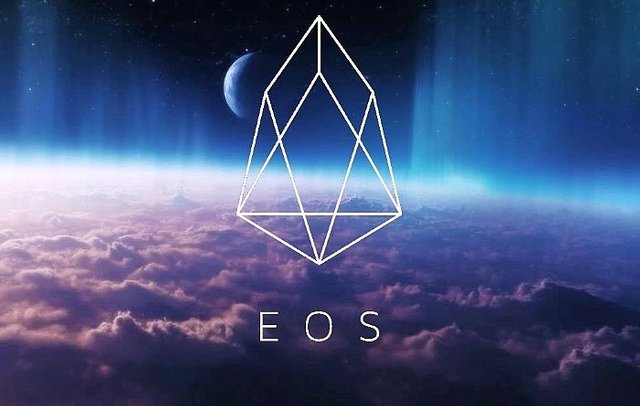7 reasons why EOS has a grand future. What should I invest in 2018?
Perhaps you've heard about EOS, but you probably did not spend enough effort to understand how this new open source infrastructure differs from everything that was suggested earlier. Here we will try to explain why EOS is currently in the trend and why you should think about joining.

STRONG WELFARE
Before talking about any particular technological achievement, it is worth looking at the EOS support team, it will give you confidence to invest in the asset. The EOS core is developed by Block.one, the main direction of the company is to search for tools to provide standalone open source software. The leaders of Block.one are Brendan Blammer (CEO), an inventive entrepreneur who started his rather successful career at 15 and Daniel Larimer (CTO), a brilliant entrepreneur who is better known for his technical skills. The latter, in particular, designed Bitshares (financial platform, real-time, providing a decentralized exchange of assets) and Steemit (a decentralized social network with a payout to active participants in the system). One of the co-founders and member of the Block.one team is Brock Pierce, an influential investor in the world of blockbusters, co-founder of Blockchain Capital (Coinbase, Kraken, Civic, ...) and chairman of the Bitcoin Foundation. Recently, as a leading developer for Korea, Richard Young, former CEO of Bithumb (the world's largest crypto-currency exchange), has joined Block.one.
THE RIGHT IDEOLOGY
Before talking about the 1-year ICO and the incredible amount of money that it brings to Block.one every day, I think it's important to talk about the thinking of the leaders of Block.one.
Dan Larimer and Brendan Blammer do not need money. Like Brock Pierce, they were multi-millionaire before EOS came out, Dan Larimer was one of the crypto-anarchists even before you learned about the existence of crypto currency.
EOS is actually the technological and ideological development of Dan's decentralized projects - Bitshares and Steemit. On the technical side, EOS borrows from them the ability to handle an amazing number of transactions per second, be user-friendly (readable addresses, no commission) and be absolutely stable. On the ideological side, the EOS is pursuing the idea that the blocking system should be more than an unreliable means of exchanging currency and data. Its goal is to be a decentralized autonomous organization or a decentralized autonomous company, as noted by Dan Larimer himself:
"Think of the crypto-currencies as shares in the Decentralized Autonomous Corporation (DAC), where the source code defines the charter. The purpose of DAC is to make profit for shareholders by performing valuable services for the free market. To this end, we aim to maximize the value of each shareholder at each stage, since you are the developers of the statute governing the work of the DAC. "
Bitshares is a decentralized exchange service, Steemit is a decentralized social network / blog platform, EOS is a decentralized operating system that allows you to create and host such networks, as well as an infinite number of other specific networks that can be interconnected at your discretion. To sum up, EOS is a mixture between the original ideology of Bitcoin (headless, irresistible and obscene), the technical concept of Ethereum (smart contracts) and ... Dan's innovative approach.
FABULOUS TECHNOLOGY
• DPOS. You probably know "Proof of Operation" (PoW) and "Confirmation of a Share" (PoS). And now the Delegated Confirmation of a Share (DPOS is another thing invented and developed by Dan Larimer) is a system in which shares can vote for block producers. There are 21 producer blocks. In fact, this number is not so random. This is not so much, because we can identify them, but it is still sufficient, so we can avoid centralization. If you have any doubts about the last question, think about the consolidation that is taking place in the current decentralized systems: the Bitcoin network is almost completely supported by 15 pools, 5 of which share a 75% hashrate. The situation is very similar to Litecoin and Ethereum. For all these blockers, 3 pools share more than 51% of the hashreit.
• Accounts - similar to what is already available with Steemit, devilishly unreadable and not remembered addresses are replaced with names that users choose when creating the account. With EOS, everything is much deeper, because you are actually creating domains and subdomains, for example, @ Savings.BillyAccoun. How amazing is that?
• Roles and permissions - this function is extremely effective because it allows you to use everything related to sharing data. Suppose you want to save the image on the blockroom with a service like IPFS (but built on EOS). All controls are very convenient, you can issue permissions to those to